It’s easy to get swept up in the idea of owning something wild—parrots that talk, snakes that wrap around your arm, monkeys with little hands.

However, what happens when the novelty wears off? When life gets hard, the enclosure’s too small, or the animal gets aggressive? That’s where the real story begins, and it’s rarely one with a happy ending. Here’s why the exotic pet industry needs far more regulation—and people need to think much more clearly before purchasing or even adopting one of these animals.
1. People don’t plan for the long haul.
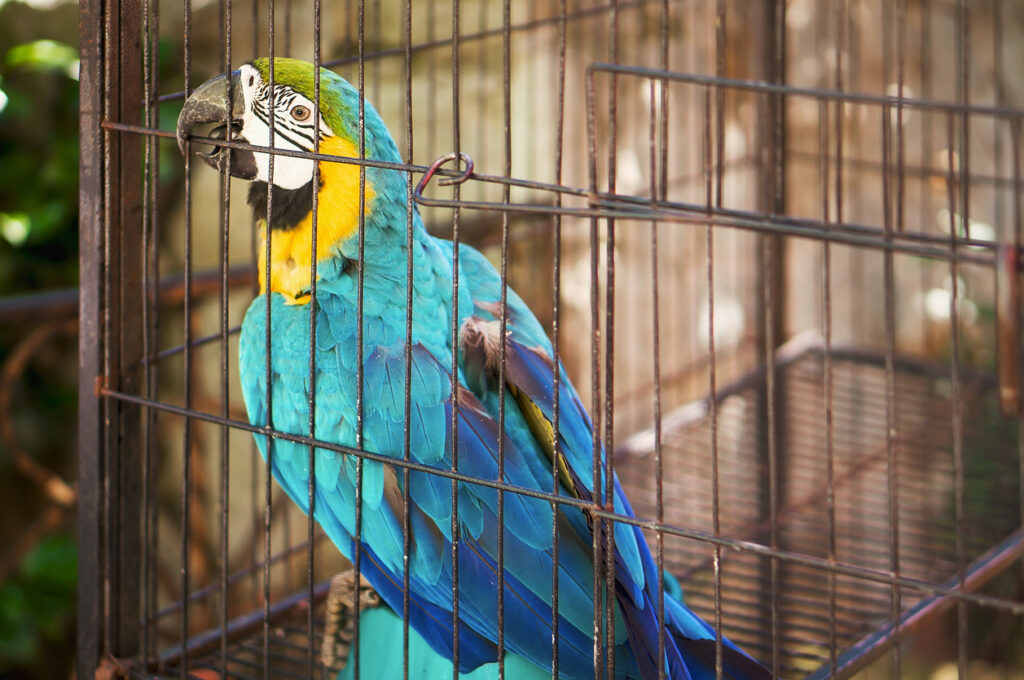
Lots of exotic pets live for decades. Tortoises can outlive their owners. Parrots need attention and stimulation for 60+ years. But most people buying them aren’t thinking 40 years down the line—they’re thinking Instagram posts and novelty. Without a plan for the animal’s full lifespan, what started as a fun idea becomes a massive responsibility. And when life changes—moves, breakups, financial stress—these animals are often the first to be dropped.
2. Shelters aren’t built for them.
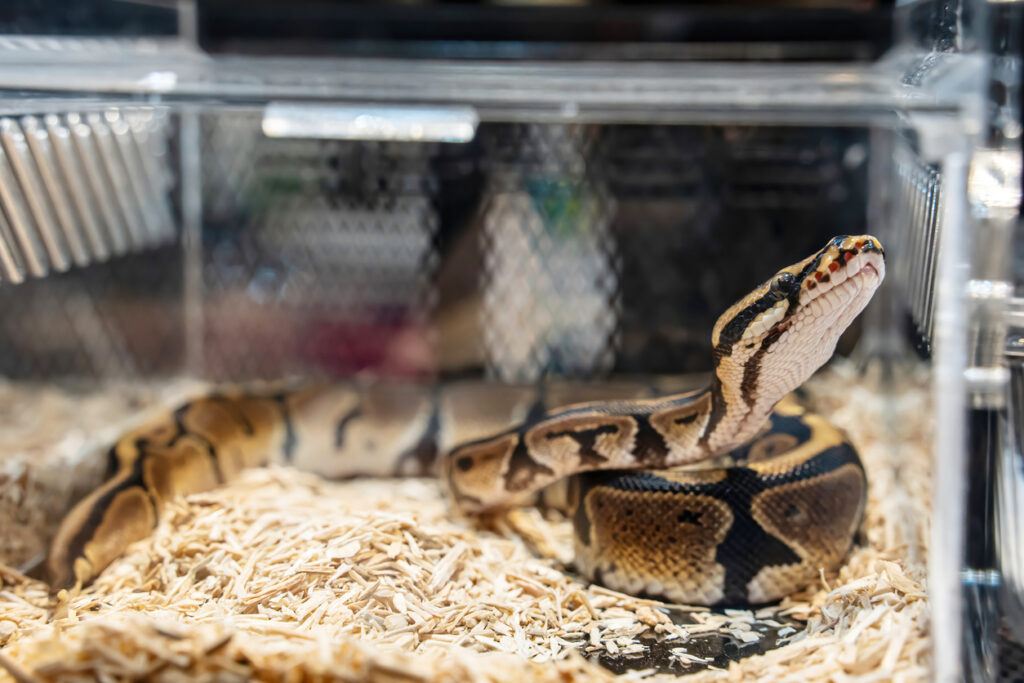
When people surrender dogs or cats, there are systems in place. For exotic animals, unfortunately, that’s not the case. Most shelters have no idea what to do with a python, a wallaby, or a sugar glider that bites. They often lack the space, the knowledge, and the equipment. This means many exotic pets don’t have a safety net. Once someone gives them up, there’s rarely anywhere for them to go. Best case? A private rescue with limited space. Worst case? Abandonment, or euthanasia.
3. Owners get overwhelmed quickly.
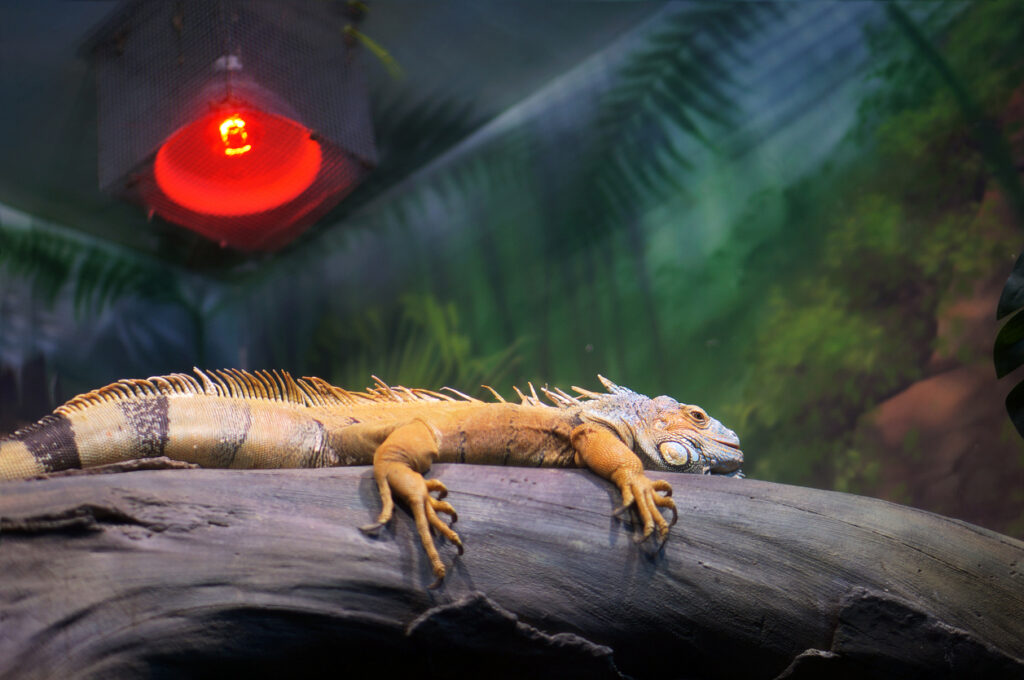
People don’t always realise how complex these animals are. Parrots scream. Reptiles need precise heat and humidity levels. Primates become aggressive and frustrated without proper stimulation. They’re not low-maintenance pets—they’re full-time work. When reality kicks in, owners start panicking. The animal is stressed. The house smells. There’s damage, noise, or worse—injuries. And suddenly, a living creature becomes a burden they want rid of, fast.
4. Illegal releases make things worse.
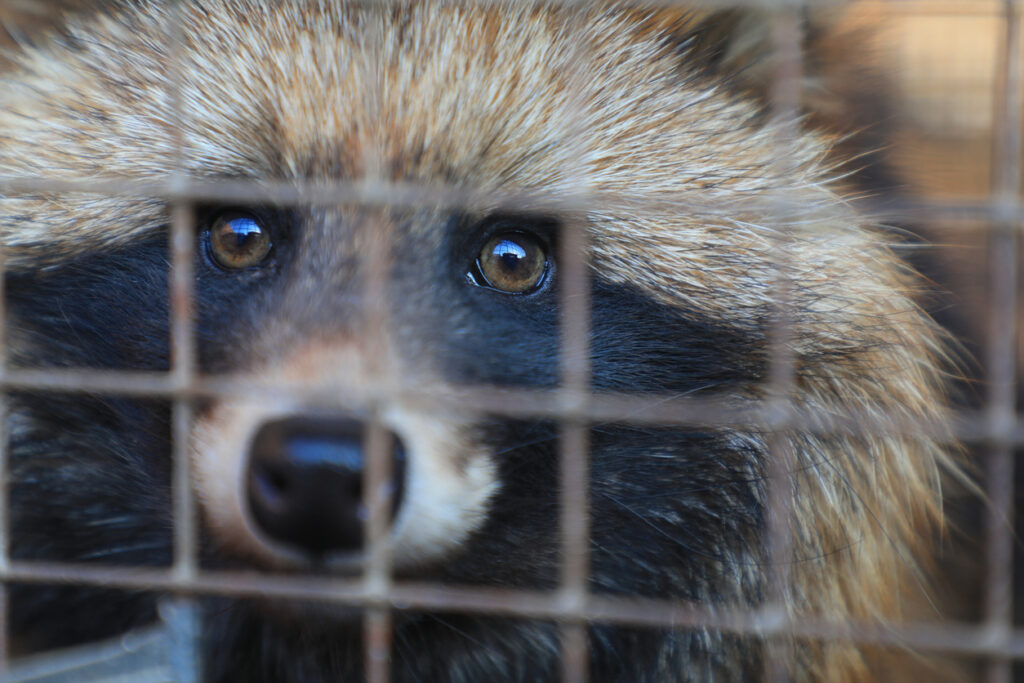
Out of desperation, some owners just release exotic pets into the wild, thinking they’ll survive—or hoping it’s someone else’s problem. But most of these animals can’t adapt to life outside captivity. They starve, freeze, or die from injuries. Others become invasive, wreaking havoc on local ecosystems. Think Burmese pythons in Florida or raccoon dogs in parts of Europe. Letting an animal loose doesn’t give it freedom—it gives it a death sentence or turns it into a local threat.
5. Rescues are overflowing.
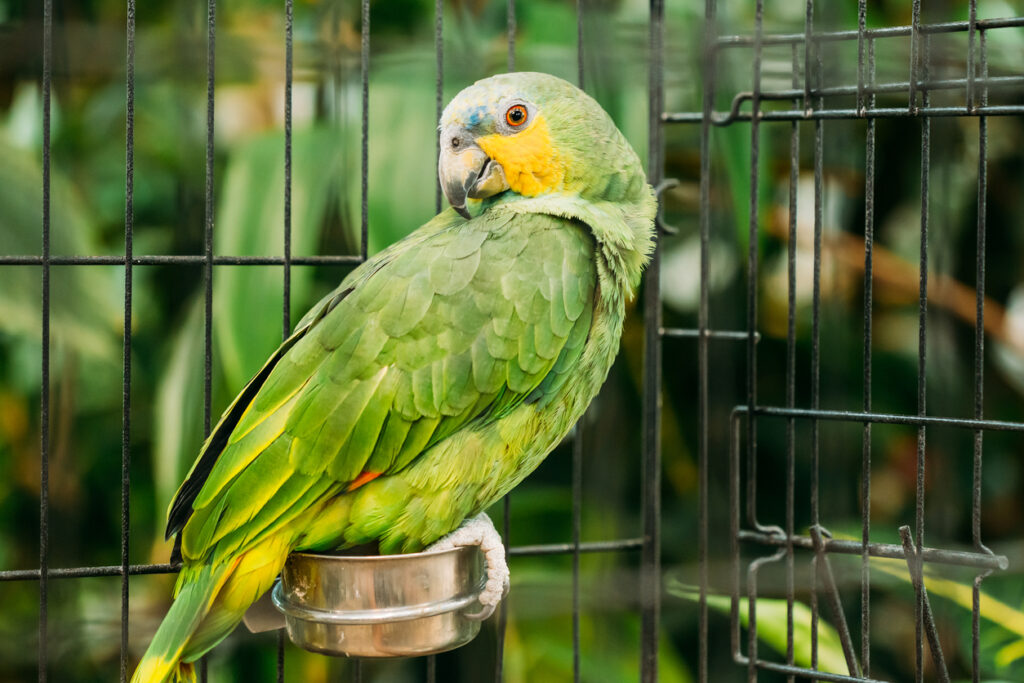
There are small rescue centres trying to help—places that take in exotic pets when no one else will. But they’re underfunded, overstretched, and constantly full. For every animal they take in, there are five they have to turn away. These aren’t huge operations. They run on donations, volunteers, and borrowed time. The people running them often have full-time jobs on the side. They care deeply, but they’re drowning in other people’s discarded choices.
6. Breeders and sellers rarely offer aftercare.
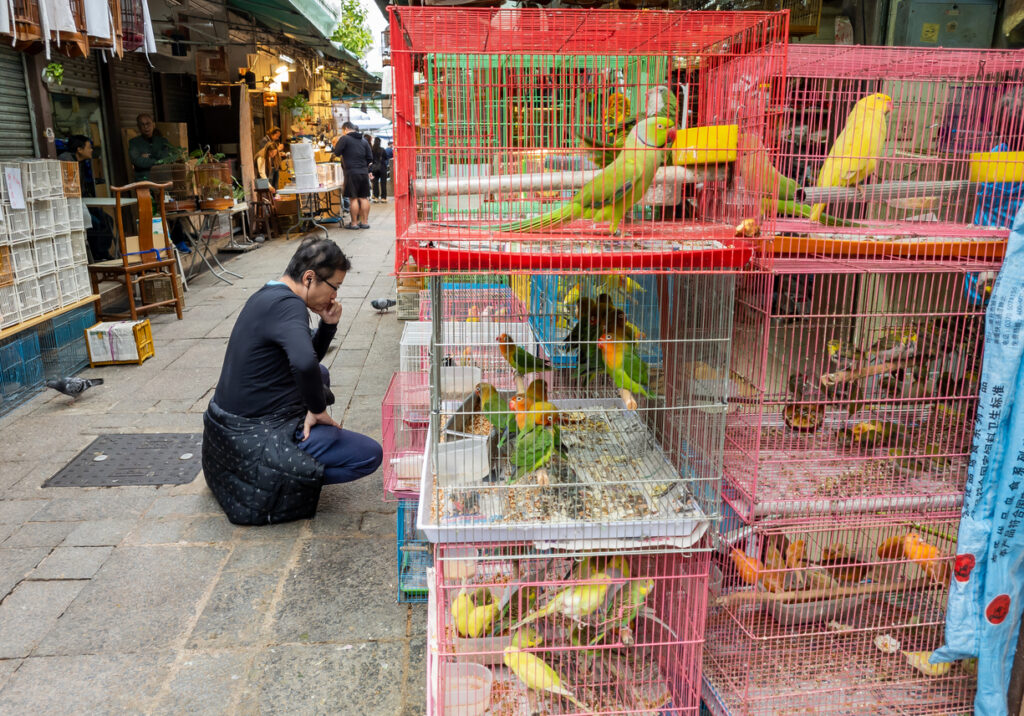
Most exotic pet sellers are focused on the transaction, not the animal’s long-term well-being. Once the sale is made, the follow-up disappears. Buyers get little support—and zero backup plans. This leaves the new owner to figure out care, behaviour, and emergencies on their own. When it doesn’t work out, the seller’s nowhere to be found. The animal gets caught in the middle of a mess it didn’t ask for.
7. Vet care is expensive and hard to find.
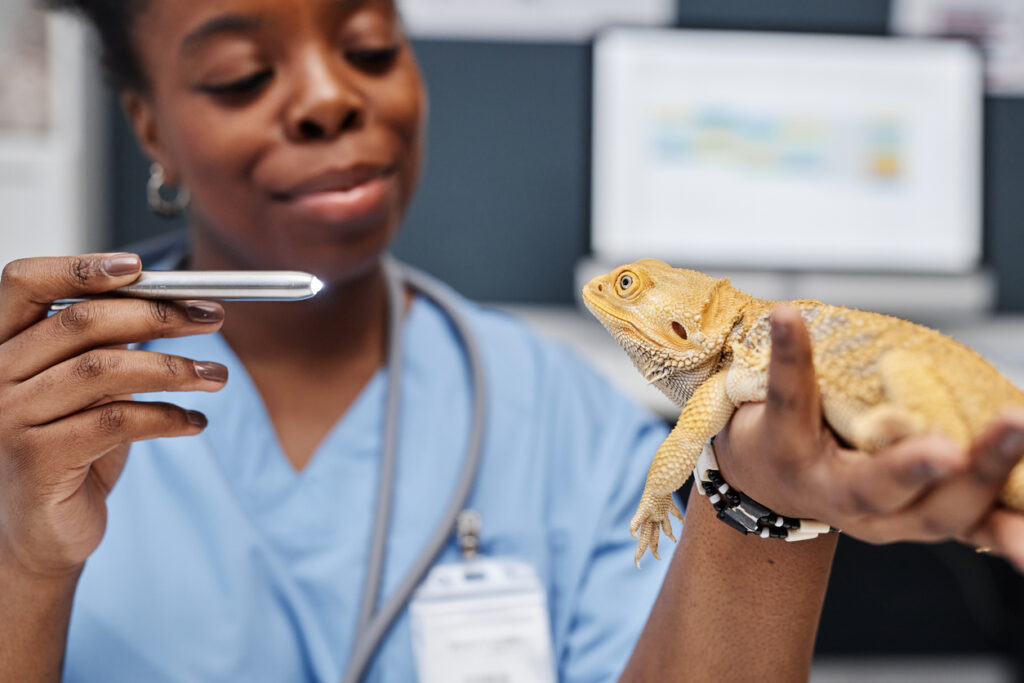
Exotic animals need specialised vets. That means fewer options and much higher costs. Finding someone who can treat a sick bearded dragon or diagnose a parrot’s illness isn’t as simple as popping to the local vet clinic.
Many owners aren’t prepared for that. They either delay care or avoid it completely. By the time they act, the animal’s suffering. And in a lot of cases, the cost of treatment is more than the original price of the pet, which makes them even more disposable in some people’s eyes.
8. Some animals never recover from abandonment.
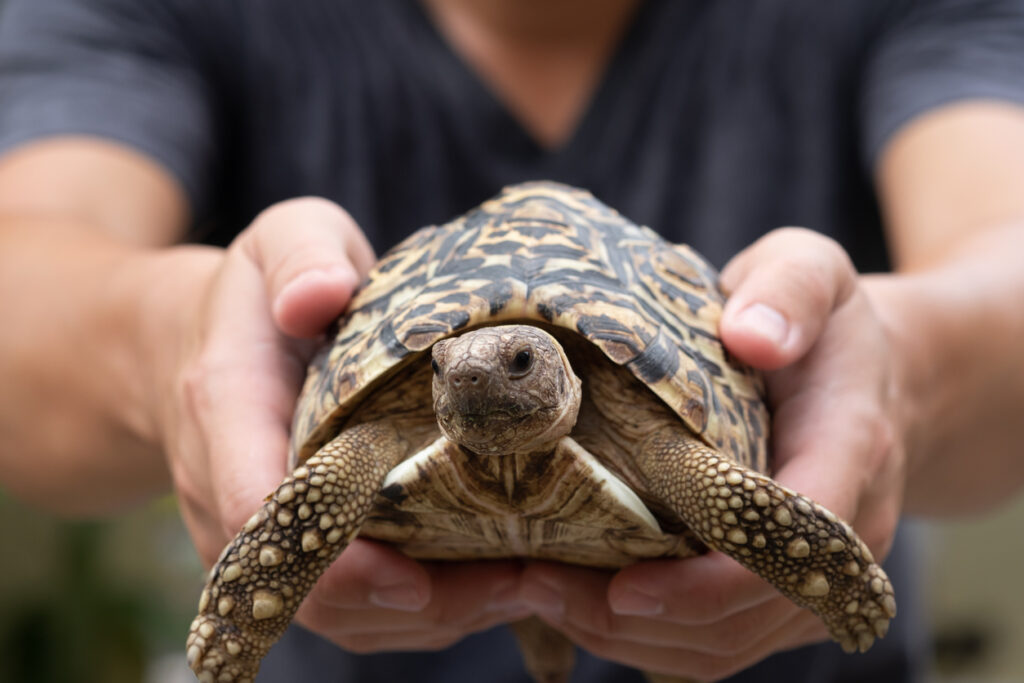
Even when exotic pets are rehomed, the trauma sticks. Many develop chronic stress behaviours—pacing, plucking, refusing food. Some never learn to trust again, especially if they’ve spent years being ignored, neglected, or mishandled. Just because an animal survives doesn’t mean it’s okay. Exotic pets are often sensitive, intelligent, and emotionally reactive. Being tossed from one environment to another can damage them in ways that aren’t always visible.
9. Social media fuels the problem.

Cute animal videos create unrealistic expectations. A slow loris nibbling on a banana looks adorable—but it’s actually a stressed-out nocturnal animal being forced into daylight. A monkey in a hoodie might rack up likes, but it’s probably living in isolation and developing serious psychological issues.
These viral posts push people to want exotic pets for all the wrong reasons. They see cuteness, not complexity. The result? More impulse buying. More discarded animals. More suffering hidden behind filtered videos and hashtags.
10. Kids often grow up, and the animal stays.
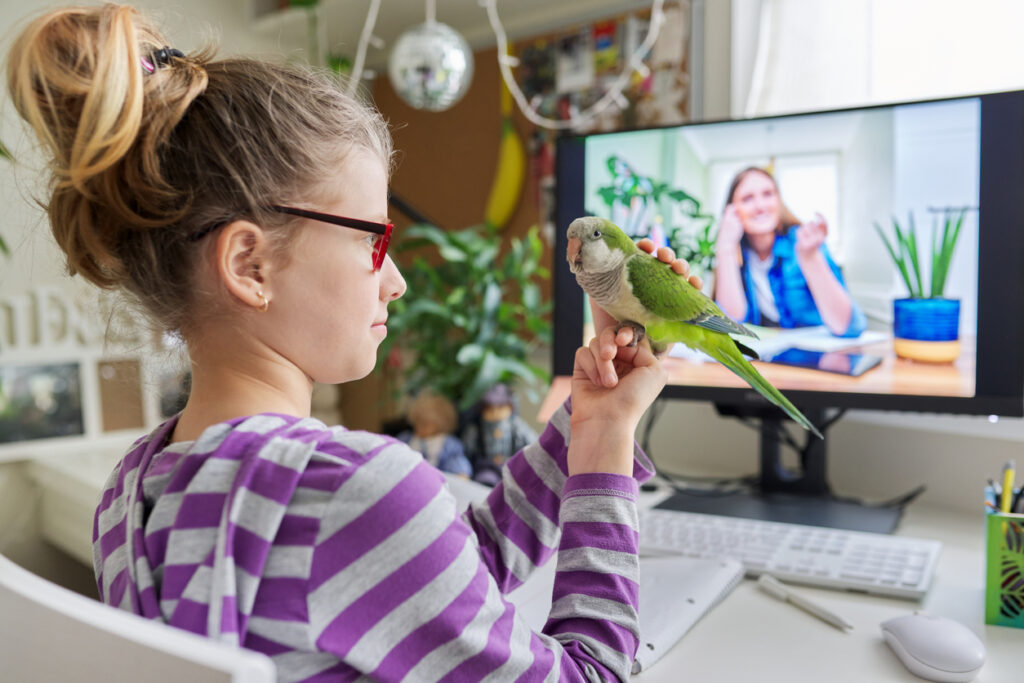
Exotic pets are often bought for kids who beg for something “cool” or “different.” But kids grow up. Interests change. Meanwhile, that parrot or gecko is still there, still needing care every single day. Parents are left dealing with a long-term commitment they never fully signed up for. And once the novelty fades, the animal risks being passed along, rehomed again, or neglected until someone finally steps in—if they ever do.
11. Many species shouldn’t be pets at all.

Just because you can legally own an exotic animal doesn’t mean you should. Some species are wild at heart—no matter how long they’ve been in captivity. They’re not built for domestic life, no matter how many care guides you read.
Keeping them confined, under-stimulated, or touched constantly goes against their instincts. And while some individuals might cope, many live quiet lives of stress, confusion, and unmet needs. Being kept alive isn’t the same as being allowed to thrive.
12. The animal always pays the price.
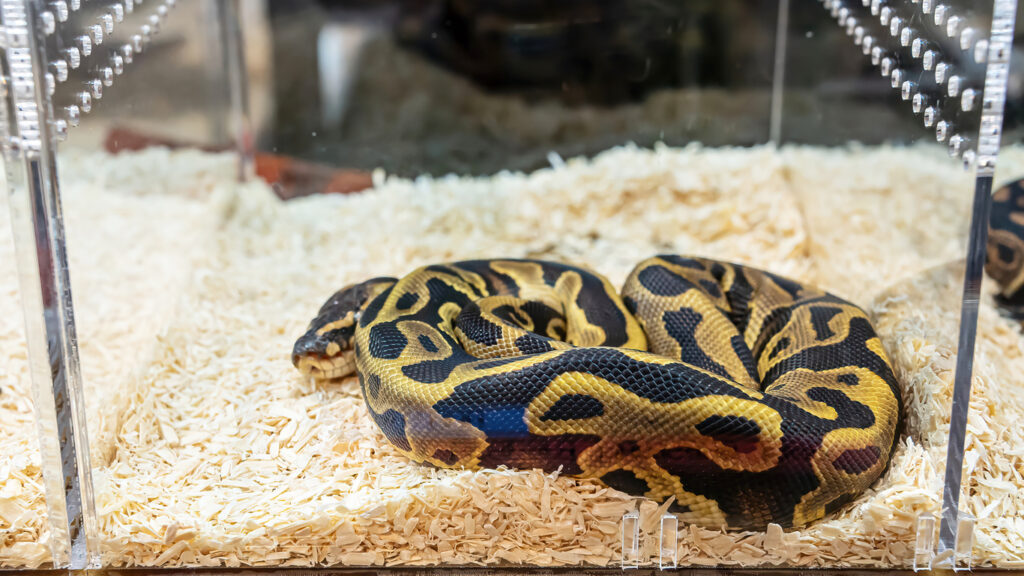
At the end of the day, it’s never the person who suffers most when the reality of exotic pet ownership kicks in—it’s the animal. The one who didn’t choose to be bought, caged, misunderstood, or dumped when it became inconvenient.
Whether it’s a lone parrot in a silent room or a python in a tank that’s too small, these animals end up stuck between human impulse and a system with no backup. They’re not trends. They’re living creatures. And they deserve better than being someone’s short-lived idea of “cool.”